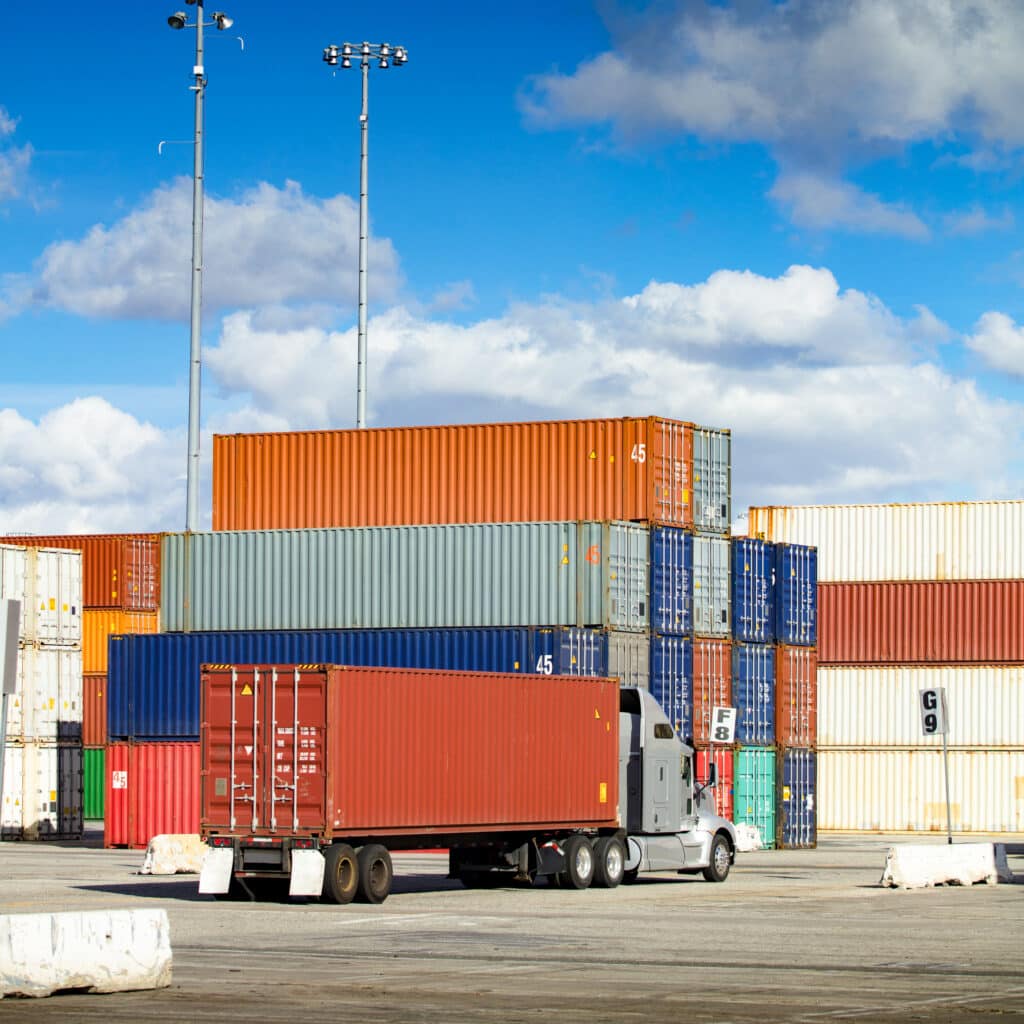In every industry reliant on shipping for the transportation of essential products or machinery, the pursuit of enhanced shipping efficiency is paramount. Whether you’re transporting windmill blades or delectable butter tarts, the incorporation of intermodal transportation presents valuable opportunities to optimize the efficiency of your supply chain operations.
When ground shipment capacity demands are at a record high due to eCommerce volume, the pandemic, and a decline in the number of shipping businesses currently in operation, it becomes necessary to act to improve supply chain logistics. That is why intermodal shipping is a sensible choice provided by international freight firms.

How Does Intermodal Transport Enhance Supply Chains?
Many shipping businesses have adopted intermodal transport systems. With numerous benefits and reduced time, this shipping method has become famous globally. Here is how intermodal transport can enhance the supply chain:
Ease Congestion
Due to the difficulty of coordinating various modes of transportation, bottlenecks are a bigger problem for intermodal shipments than for unimode shipments. These bottlenecks, which result in clogging, development of lines, and delays, are due to the following reasons:
- Lack of infrastructure
- Construction
- Supply chain dysfunctions
- Regulations
- Accidents
- Weather disruptions
- A shift in demand
When businesses try to reduce these bottlenecks, they shift the problem to another area of the transportation system, maintaining the same total impact and transit time. Because of this, it is crucial to analyze the complete intermodal shipping path rather than just bottlenecks.
It is crucial to detect bottlenecks and remove them by making the following:
- investments in infrastructure
- working with authorities to resolve regulatory conflicts
- adopting uniform communication and information standards throughout the supply chain
Reduce Transit Times
Time-saving freight transit methods include intermodal transportation. One more effective way to move goods from one form of transportation to another is by using intermodal containers. Delivery can happen more quickly because of shorter loading and unloading periods.
Increased Capacity
The rail sector also participates in the implementation of intermodal transportation. This expands the potential for quickly and easily carrying large volumes of freight. Intermodal containers are the best possible option.
Increased Flexibility
Intermodal transportation combines many modes of transportation to transfer supplies from the point of origin to the end destination. Shipments can move more swiftly and effectively with this mode of transportation, giving you more options for moving your goods.
You have the flexibility you need with intermodal shipping to guarantee the timely and economical delivery of your goods. Freight movement can be flexible thanks to intermodal transportation.
Improves Reliability
The determining elements of a business are dependability and effectiveness. The shipping process has improved reliability, speed, and efficiency because it eliminates all obstacles and moves faster than over-the-road (OTR).
The Bottom Line
Intermodal rail has proven to be the most effective integration project to date. As the global market grows, shippers have learned that intermodal rail actively meets the requirement to fulfill current and future business demands.
Bay & Bay offers safe and secure delivery because businesses require dependable intermodal transportation services to send goods to several destinations. Moreover, we guarantee quick and hassle-free delivery of your purchases.
